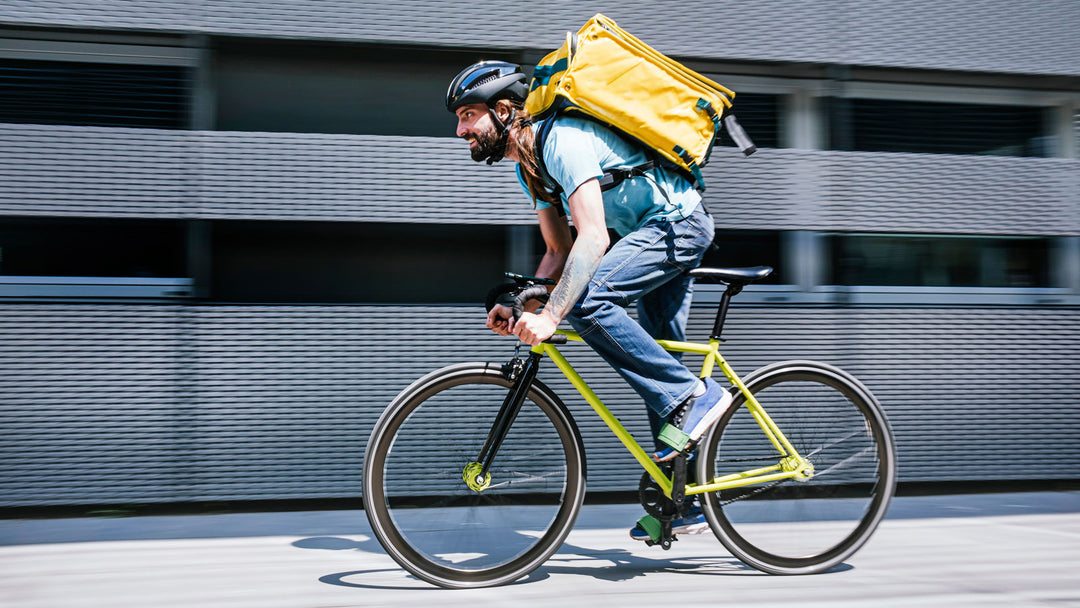Group Ride Etiquette: Navigating Social Dynamics in the Peloton
Group Ride Etiquette: Navigating Social Dynamics in the Peloton
Introduction
Participating in a group ride can be one of the most enjoyable aspects of cycling, offering both social interaction and mutual support. However, maintaining harmony within a peloton requires understanding and adhering to specific etiquette. This guide will explore the key aspects of group ride etiquette, ensuring you contribute positively to your cycling group.
Understanding the Peloton
What is a Peloton?
A peloton is a group of cyclists riding closely together to reduce wind resistance, and it's a common formation in both recreational rides and competitive races. The dynamics within a peloton can significantly affect your riding experience, making it essential to understand group ride etiquette.
The Benefits of Riding in a Peloton
- Energy Efficiency: Cyclists save energy by drafting behind others, reducing wind resistance.
- Safety in Numbers: A group is more visible to traffic than a solitary cyclist.
- Social Interaction: Group rides provide a platform for socializing and making new friends.
Core Principles of Group Ride Etiquette
Communication is Key
Effective communication helps in avoiding accidents and ensures that all riders are on the same page:
- Verbal Warnings: Call out hazards such as potholes, branches, or parked cars.
- Hand Signals: Use hand signals to indicate turns or stopping to keep following riders informed.
Maintain a Steady Pace
- Consistency: Keep a consistent speed that matches the group’s pace to avoid causing breaks in the peloton.
- Rotation: Participate in turns at the front, sharing the workload of breaking the wind.
Be Predictable
- No Sudden Moves: Avoid sudden braking or swerving. Such actions can cause chain reactions in tight formations.
- Spacing: Maintain an appropriate distance between bikes. Too close and you risk a collision; too far and you lose the benefit of drafting.
Handling Conflicts in the Peloton
Address Issues Calmly
Should disagreements or frustrations arise, address them calmly and constructively. Post-ride discussions can be an effective way to resolve any tensions without disrupting the ride.
Respect Ride Leaders
Ride leaders typically plan the route and set the pace. Respecting their guidance helps in maintaining order and safety within the group.
Conclusion
Understanding and practicing proper group ride etiquette not only enhances your experience but also ensures the safety and enjoyment of all participants in the peloton. Whether you are new to group riding or an experienced cyclist, always remember that respect and communication are the cornerstones of a successful group ride.
> "Smooth seas do not make skillful sailors. Similarly, understanding how to navigate the complex dynamics of a peloton makes you a better cyclist."
Call-to-Action
Ready to take your group riding to the next level? Join a local cycling club today and put these etiquette tips into practice! Happy cycling!






